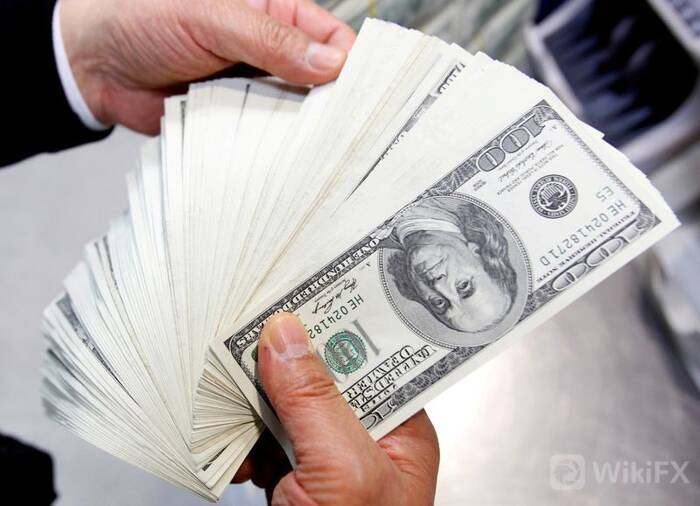
The safe-haven yen and Swiss franc gained on Friday as global equities and bond yields fell on fears about the spread of the Omicron variant of COVID-19, which has resulted in renewed restrictions in parts of the world, and concerns about possible aggressive action by the Federal Reserve to curb surging inflation.
“Volatility remains the norm in recent weeks amid changing outlooks on monetary policy, inflation worries, and now the Omicron uncertainties,” Action Economics said in its latest blog on the market.
The dollar reversed gains to trade little changed on the day after the release of a weaker-than-expected U.S. jobs report, which still included positive revisions for previous months and solid details about the labor market. Market participants viewed the payrolls report as not really altering the Feds plan to accelerate tapering of its asset purchases and possibly raise interest rates multiple times next year despite the Omicron threat.
U.S. non-farm payrolls increased by 210,000 jobs last month, the Labor Department reported. Economists polled by Reuters had forecast payrolls would rise by 550,000 jobs.
October‘s job growth was revised up to 546,000 positions from the initial estimate of 531,000 and September’s jump was increased to 379,000 from 321,000, for a net 82,000 two-month gain.
The unemployment rate also dropped to 4.2% from 4.6%, the lowest level since February 2020.
“Despite todays mixed payrolls report, we think the bigger picture remains that sustained inflationary pressures in the U.S. are likely to support faster policy normalization by the Fed and keep the dollar strong,” said Jonathan Petersen, markets economist at Capital Economics.
Federal funds rate futures, which track short-term interest rate expectations, late on Friday priced in a 74% chance of a quarter-percentage-point increase in the Feds benchmark overnight interest rate by May 2022. That probability was as high as 86% following the release of the jobs report.
In afternoon trading, the dollar index was up slightly on the day at 96.146 . The greenback will end broadly unchanged on the week despite rallying last week to its highest level since July of last year.
Petersen of Capital Economics said the dollar‘s value reflected the “offsetting effects of rising short-term yields in the U.S., particularly after Chair (Jerome) Powell’s (hawkish) comments to Congress on Wednesday, and falling long-term yields amid growing concerns about the Omicron variant.”
The euro was up 0.1% at $1.1307.
Against the yen, the dollar dropped 0.4% to 112.75 yen. Versus the Swiss franc, the dollar slid 0.2% to 0.9179 francs.
Also on Friday, the U.S. Treasury released its semi-annual currency report, which singled out Vietnam and Taiwan as countries that continued to exceed its thresholds for possible currency manipulation and enhanced analysis under a 2015 U.S. trade law. However, it refrained from formally calling them manipulators.
The currencies of the countries mentioned – the Vietnamese dong and Taiwanese dollar – showed little reaction to the report.
In emerging markets, Turkeys volatile lira edged near to its record low on Friday, triggering direct central bank intervention to sell dollars. The U.S. dollar was last up 0.6% at 13.745 liras.
Leave a Reply